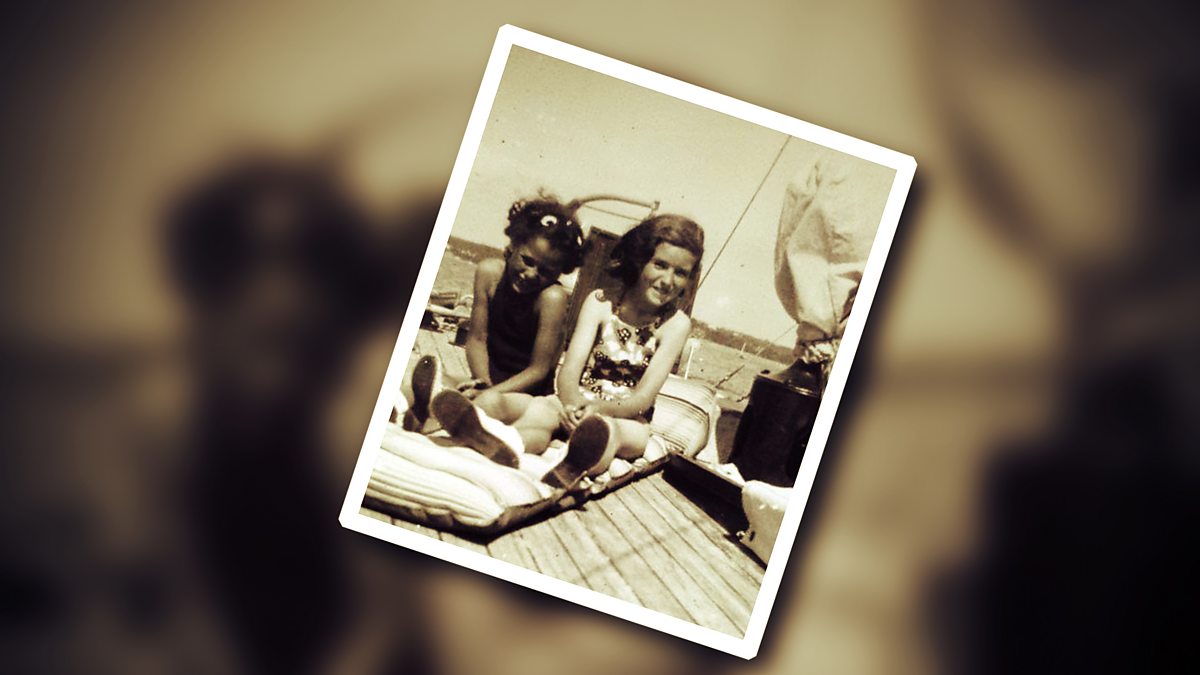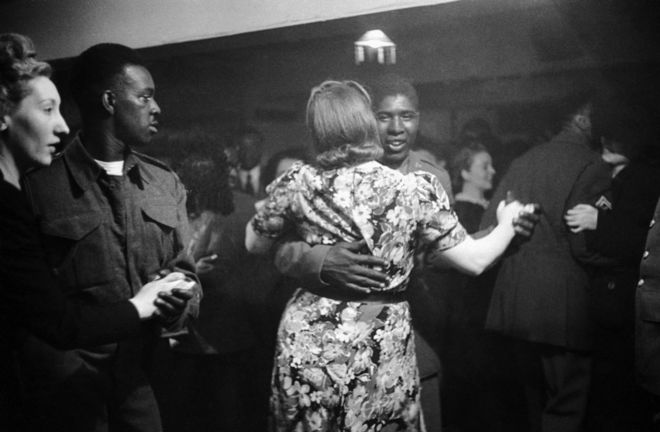How Interracial Love Is Saving AmericaPosted in Articles, History, Law, Media Archive, United States on 2017-06-04 21:17Z by Steven |
How Interracial Love Is Saving America
The New York Times
2017-06-03
Sheryll Cashin, Professor of Law
Georgetown University, Washington, D.C.
 Mildred and Richard Loving in 1965. Credit Estate of Grey Villet |
As a descendant of slaves and slaveholders, I embody uncomfortable incongruities — just as America does. In “Notes on the State of Virginia,” Thomas Jefferson wrote with anguish about the risks of amalgamation, or interracial sex, to a new nation. Whites were “stained” when they mixed with blacks, whom he speculated were inferior in mind and form.
There was a Strom Thurmond-esque artificiality to this cry for racial purity. Southern patriarchs made an art out of objecting to what was happening under their own noses — or pelvises. As history would prove, human urges, whether violent or amorous, inevitably muddy lines, and master-slave rape and coupling produced many mixed people.
Today, the “ardent integrators” who pursue interracial relationships are motivated by love and are our greatest hope for racial understanding. Although America is in a state of toxic polarity, I am optimistic. Through intimacy across racial lines, a growing class of whites has come to value and empathize with African-Americans and other minorities. They are not dismantling white supremacy so much as chipping away at it…
Read the entire article here.






